Media | Articles
Volkswagen’s forbidden 4×4 Bus was developed to tame the dunes
Had it been built, Volkswagen’s experimental four-wheel-drive Transporter would be celebrated by enthusiasts and adventurers as the holy grail of bay-window Buses. It remained a prototype, one executives initially wanted nothing to do with, but the miles it logged dune-hopping in the Sahara had a lasting influence on Volkswagen’s lineup.
Released in 1967, the bay-window Bus worked hundreds of different jobs all over the world. It was a delivery van, a people-mover, a tour bus, a camper, a mobile workshop, and an ambulance for the West German army, among many other things; but it was not an off-roader and it never pretended to be one. And yet, Gustav Mayer, the head of Transporter development, was convinced there was space on the van’s resume for one more gig.
An avid travel enthusiast, Mayer spent a lot of time exploring Africa in his personal Transporter. He was curious to find out how much farther into the Sahara he could go with four driven wheels and a few additional inches of ground clearance. He started building his dream van in 1975. He raided the Volkswagen parts bin, recycled bits he found in the company’s prototype division, and milled his own parts when absolutely necessary. Then-company boss Toni Schmücker cited financial issues in his refusal to back the project, but Mayer pressed on with the help of Henning Duckstein, one of his colleagues in the research and development department. While he couldn’t tap into the Volkswagen corporate coffer, nothing prevented Mayer from building the van in his spare time for his own use.
Mayer didn’t hide his intention to take the Transporter into off-roader territory. When Schmücker casually asked him what he planned to do for Christmas in 1975, he matter-of-factly responded, “Drive into the Sahara in the now-completed four-wheel-drive Transporter that you have banned,” according to Volkswagen’s archives department.
Schmücker’s position was not entirely surprising. Appointed CEO in 1975 after a long career at Ford, he had bigger problems to solve than figuring out how to give the Transporter the ability to keep up with a Land Rover in the Algerian desert. Volkswagen was losing money, its American sales were falling, and its factories were underutilized. Schmücker closed a factory in Australia and slashed the workforce in Wolfsburg. He masterminded the takeover of Chrysler’s unfinished plant in New Stanton, Pennsylvania, where the Rabbit was later built. He kept niche projects and cash arsonists out of his cosmos; he also sold the 924 project to Porsche and shot down a 110-hp Passat GTI.
Marketplace
Buy and sell classics with confidence
Mayer built his Bus and tested it. Presumably, he had a blast, because he returned to Germany with valuable insight and a firm conviction that adding four-wheel-drive to the Transporter line was a must. On the bright side, his prototype was hugely capable, and its boxy proportions gave drivers an unobstructed view of what lay directly in front of them. It was severely underpowered, however, because Mayer kept the 1.6-liter air-cooled flat-four, which was rated at 50 horsepower.
With the VW brand finally on stable financial footing, executives gave four-wheel-drive a shot in 1978. Five prototypes were built with the factory’s authorization, and Mayer’s experience played a significant role in shaping the specifications sheet. Power came from a 2.0-liter flat-four with a more usable 70-hp output. The buses were tested off-road, but VW also put them in the hands of police officers and select journalists to gain as much feedback as possible.
Fitting four-wheel-drive to the Transporter was more challenging than it might sound. Installing 16-inch wheels required modifying the front wheel arches, for example. Thick skid plates were added to protect the underbody components, and Volkswagen’s archives department indicates some prototypes used a semi-automatic transmission from the Beetle. That gearbox sent the engine’s power to the four wheels via a part-time four-wheel-drive system that needed to be engaged manually (the prototypes were rear-wheel-drive in normal driving conditions) and locking differentials.
Volkswagen’s four-wheel-drive Transporter was admirably capable off the beaten path, but it did not receive the proverbial green light for production, presumably because the prototypes were built so late in the model’s life cycle. While the bay-window Bus was water-cooled and made in Brazil until 2013, it was replaced by the third-generation Transporter (known as the Vanagon in America) in 1979 on the European market. Mass-producing the system would have cost a significant amount of money, too, due largely to the numerous modifications needed to install it.
Even so, Mayer’s prototype was not written off as some strange R&D outgrowth. Engineers developed the Vanagon with four-wheel-drive in mind from the get-go by making space for a driveshaft and a front differential in the underbody. Volkswagen introduced the Vanagon Syncro in 1985, about two years after the four-wheel-drive Passat Syncro arrived, with a permanent four-wheel-drive system designed by Austria-based Steyr-Daimler-Puch. This was the same company that helped create the original Mercedes-Benz G-Class (and still produces it in 2021, along with the BMW Z4/Toyota Supra duo) and alchemized the first Fiat Panda into one of Europe’s most capable off-roaders.
Never intended as a volume-oriented model, the Syncro quickly amassed a loyal following among globe-trotters and commercial users who regularly trudged through tough terrain. Volkswagen even made a heavy-duty suspension system available at an extra cost; around 2138 vans were ordered with this sought-after package.
Syncro was again available on the fourth-generation Transporter (known as the EuroVan in America), but it was replaced by a more advanced system named 4Motion when the fifth-generation model arrived in 2003. Fast forward to 2021, and every van in Volkswagen’s range of commercial vehicles is available with 4Motion. Little do those delivery drivers know that they indirectly owe their vehicle’s bad-weather ruggedness to an off-road ’70s passion project.

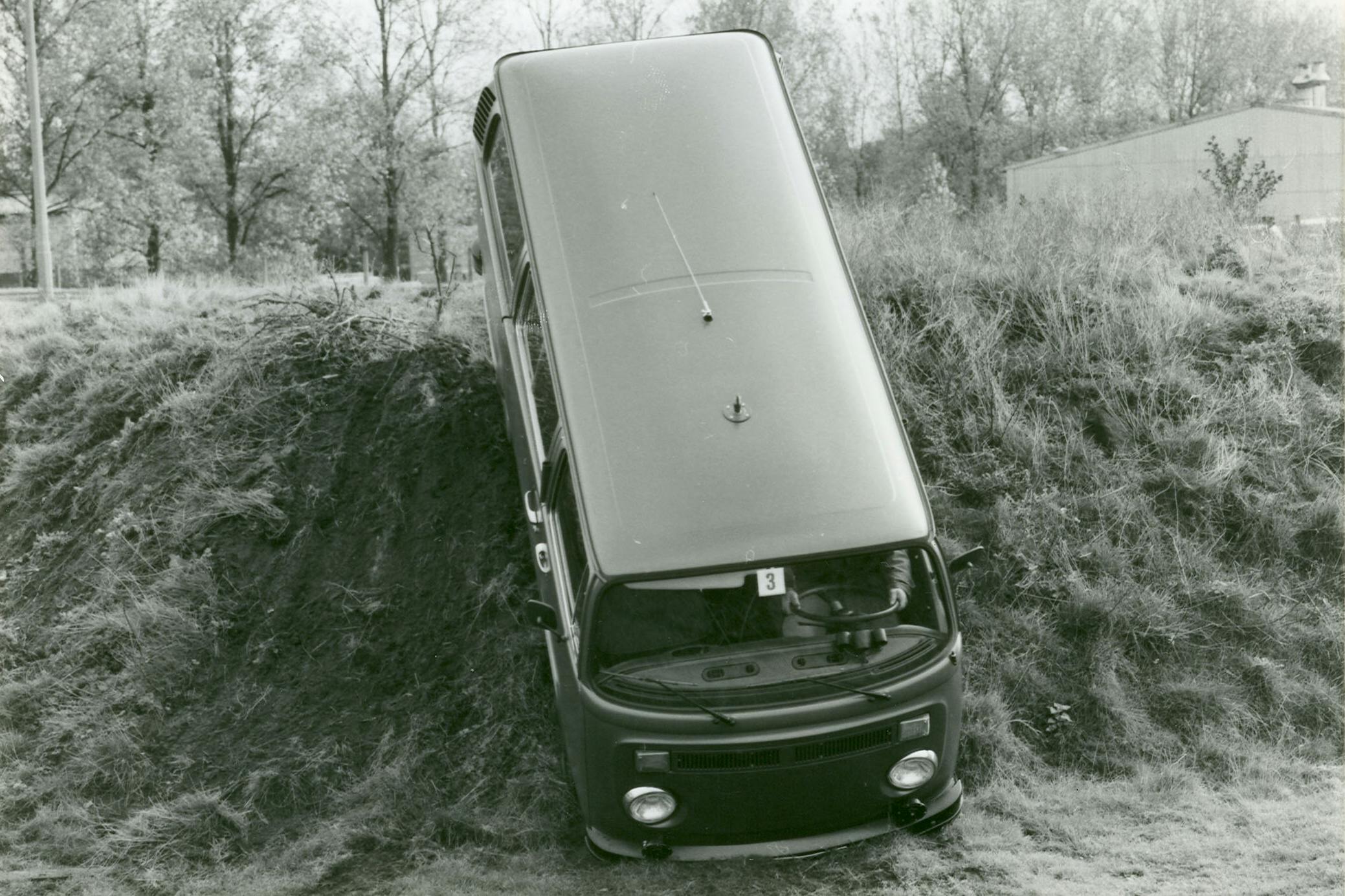

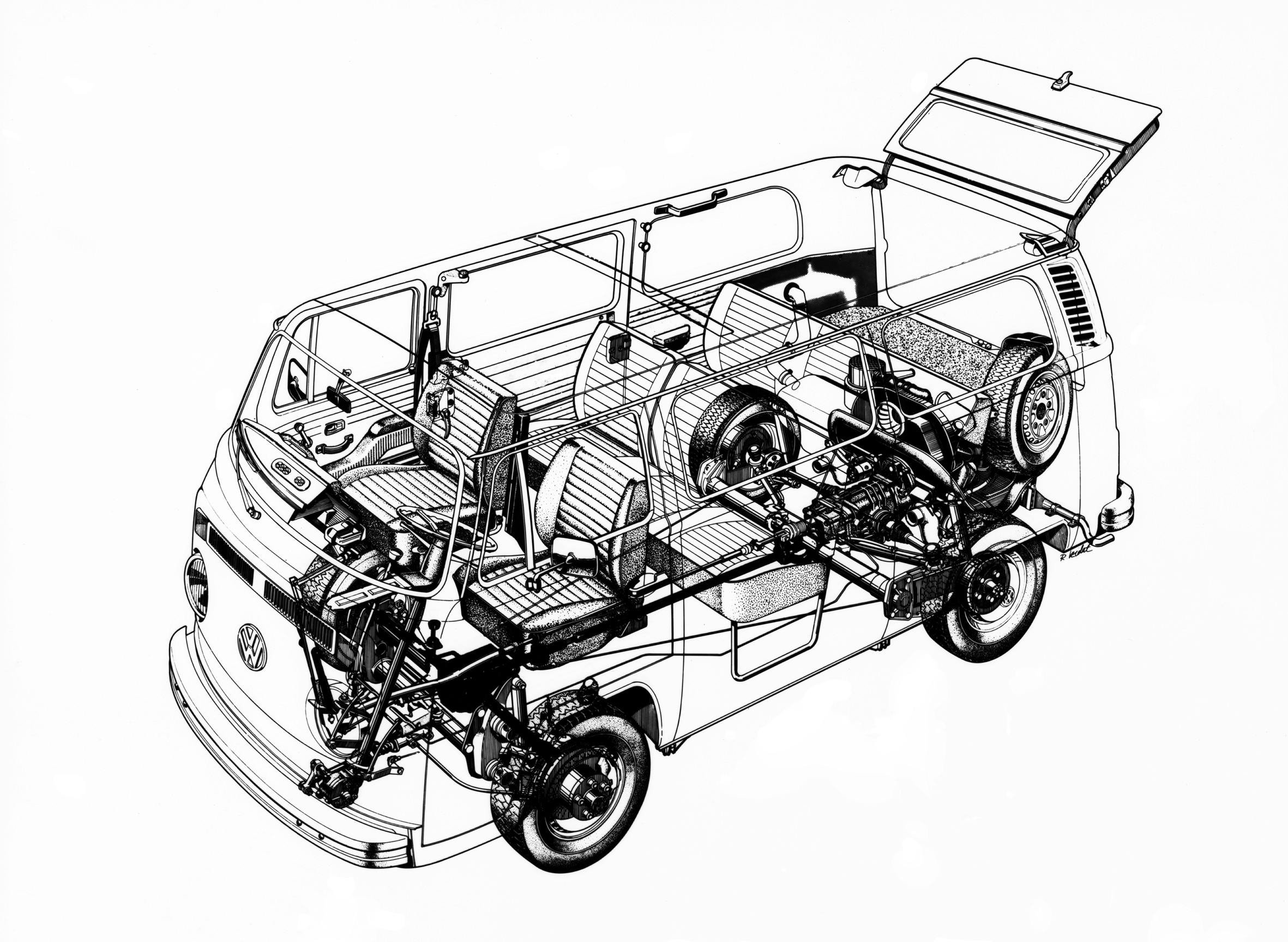
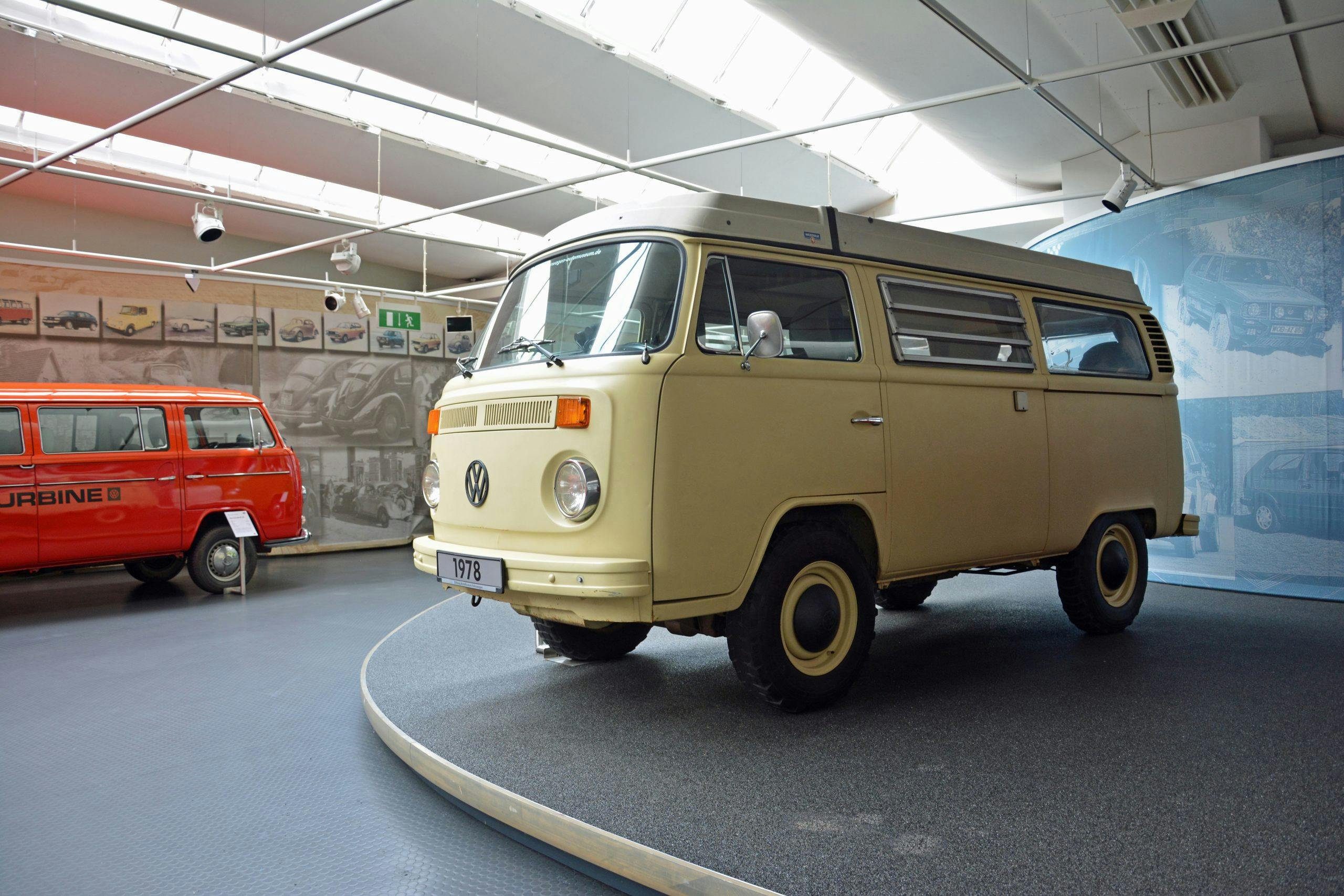

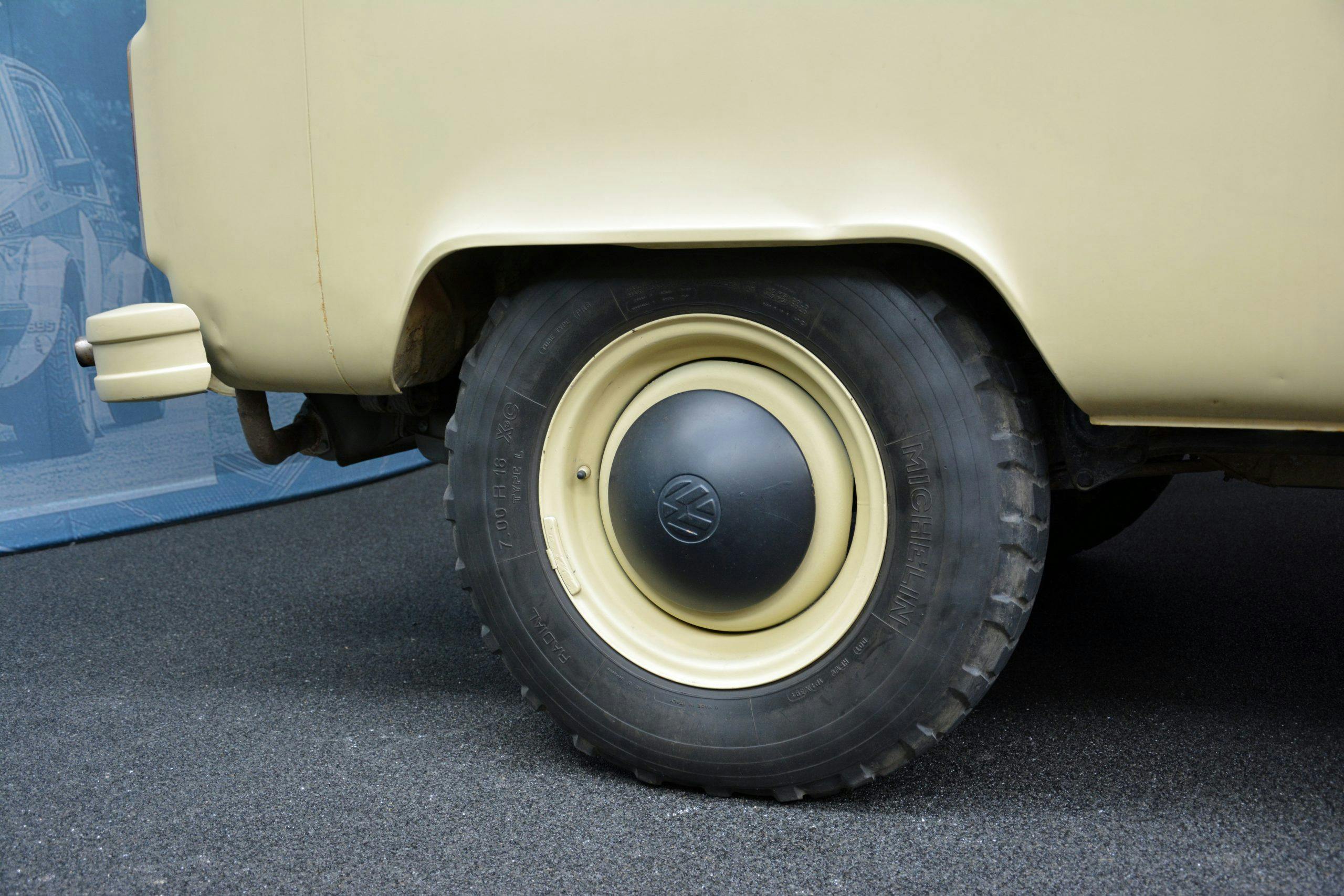
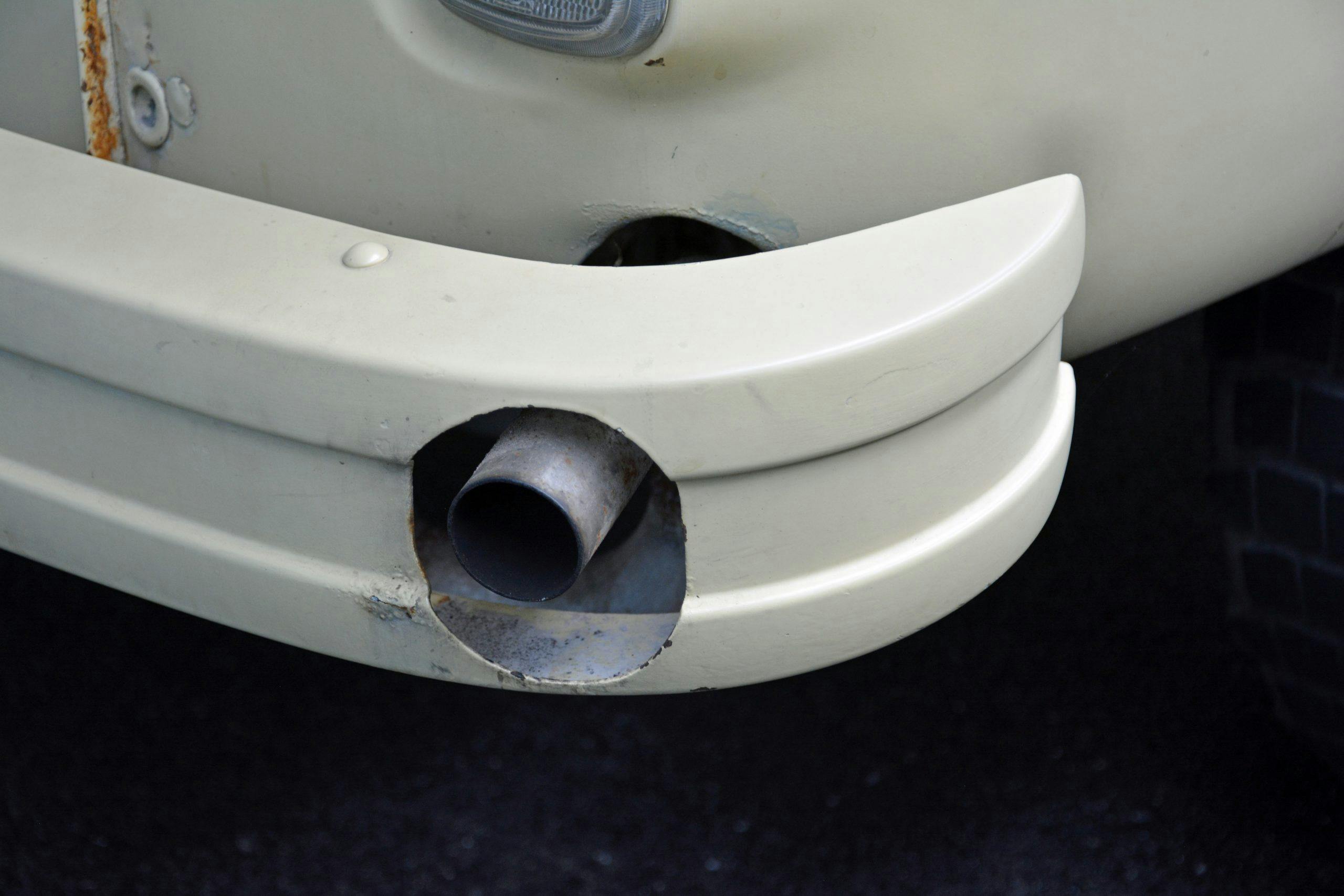
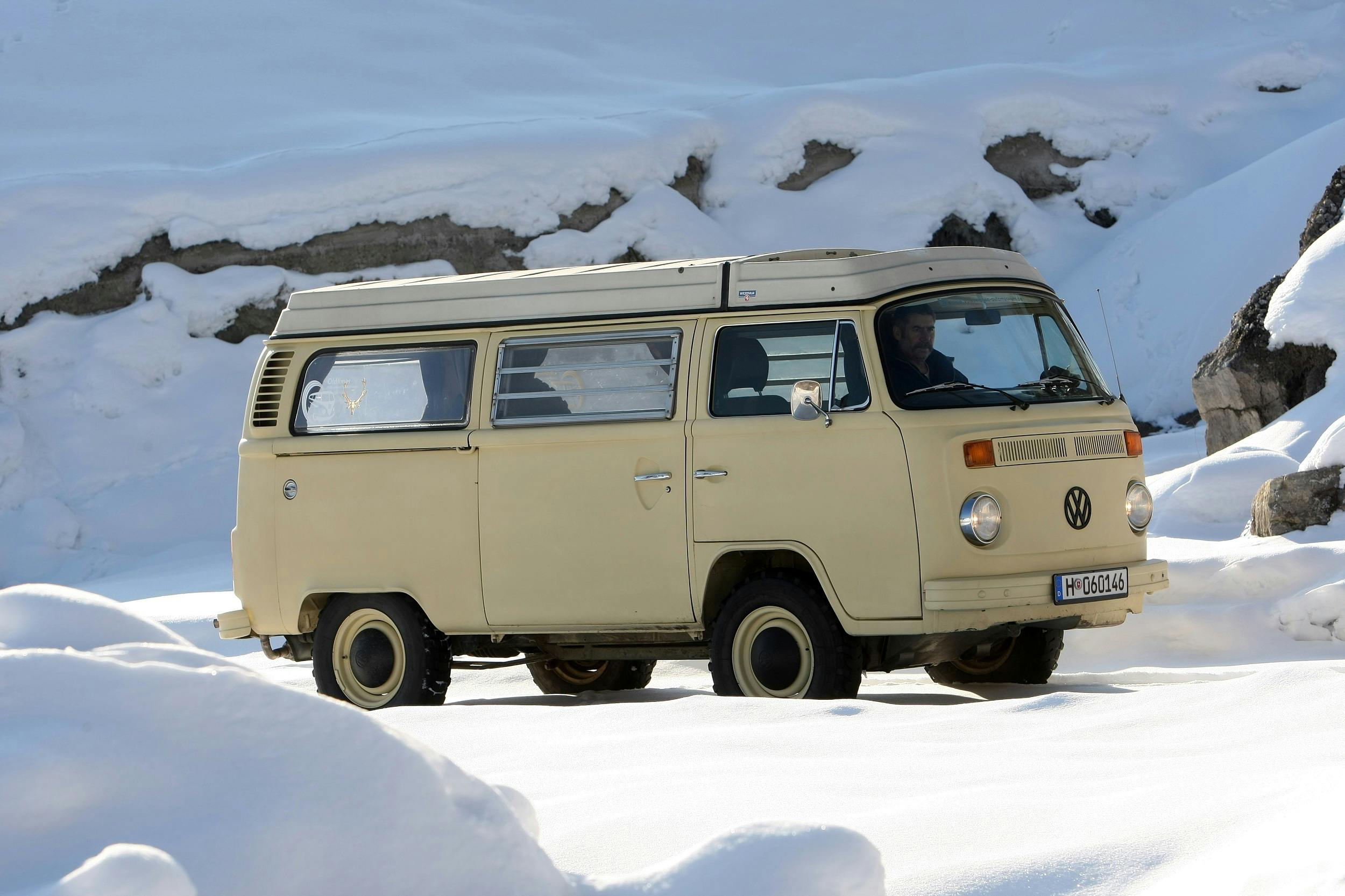
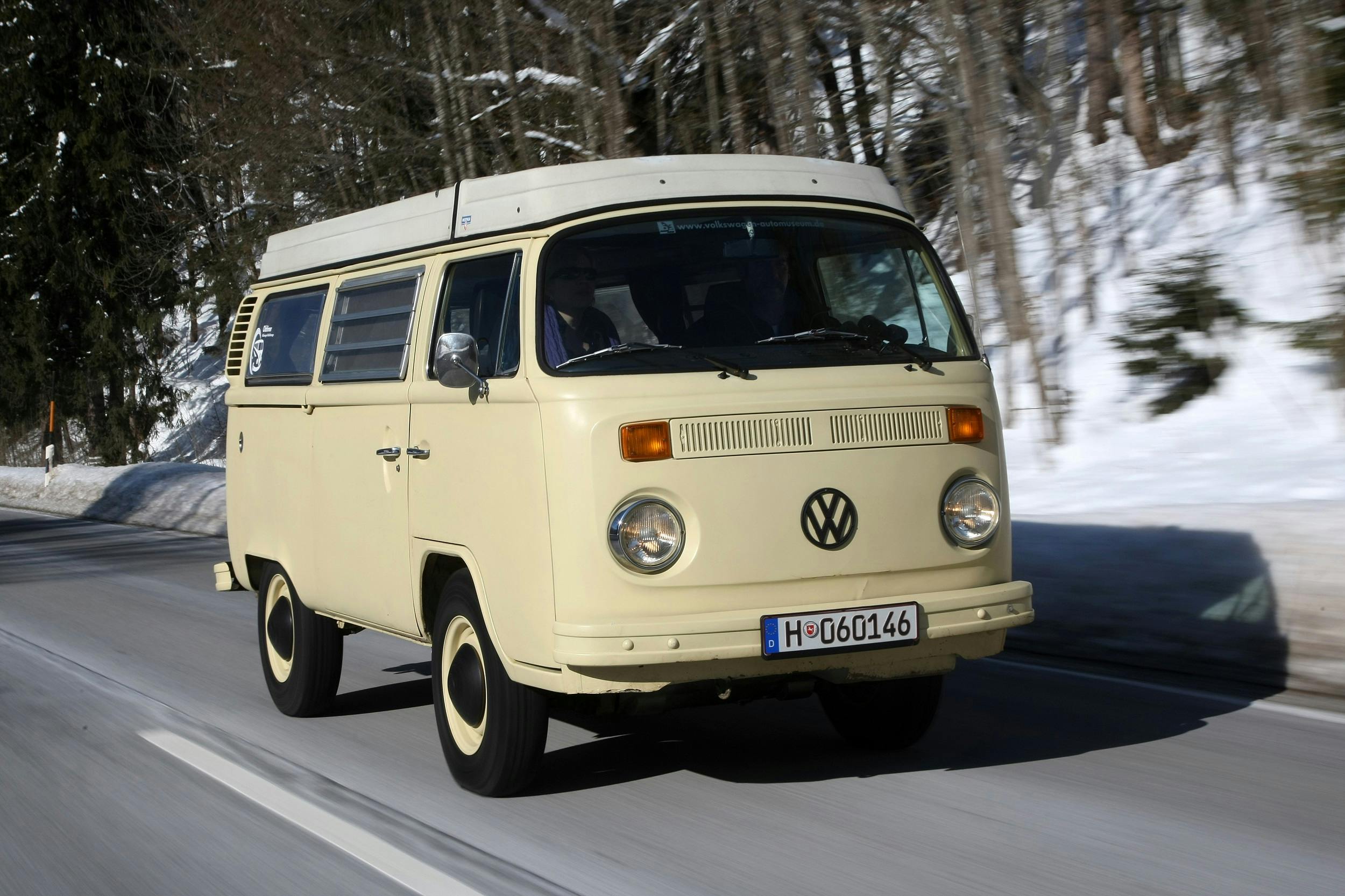

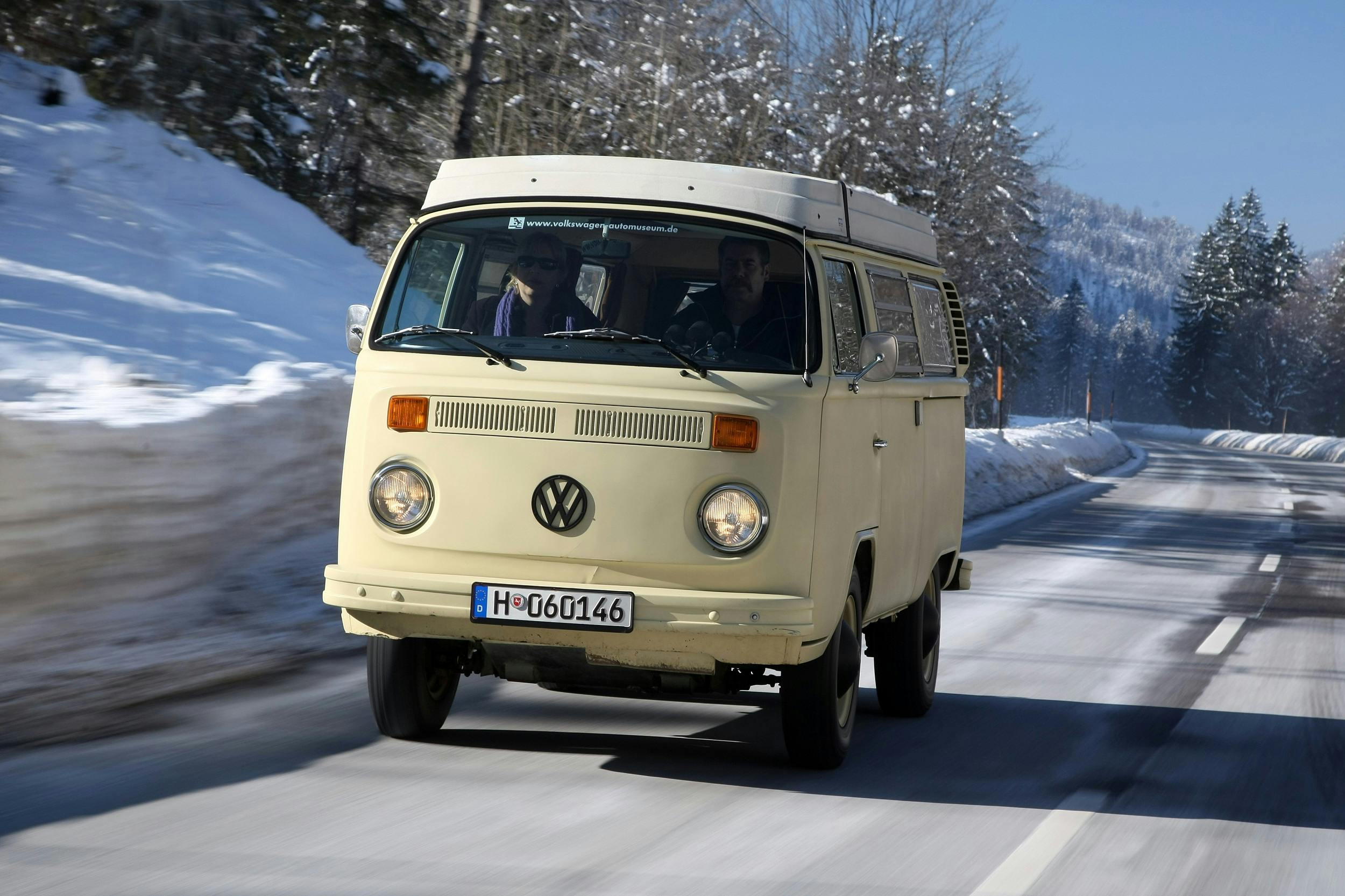
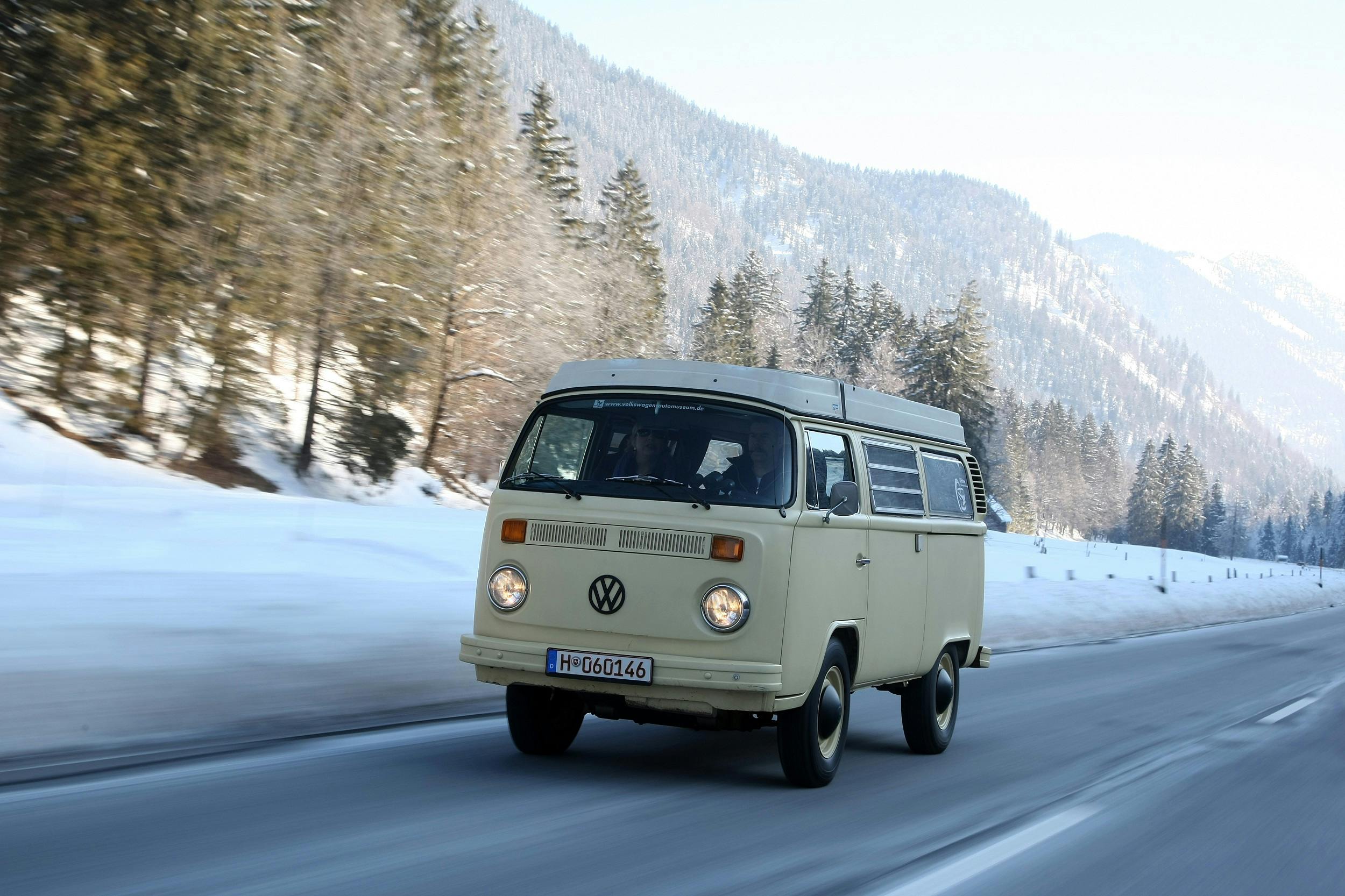
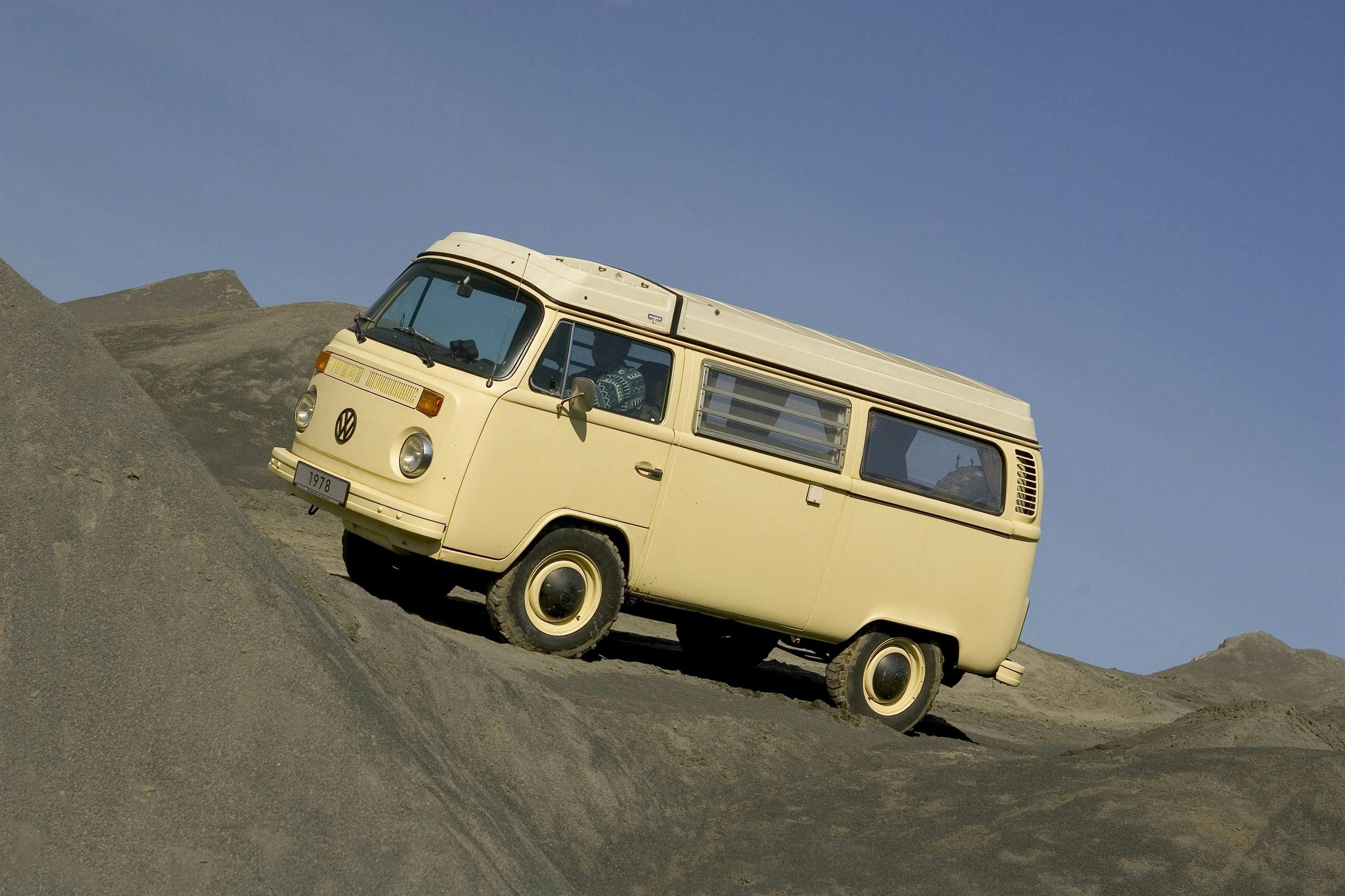



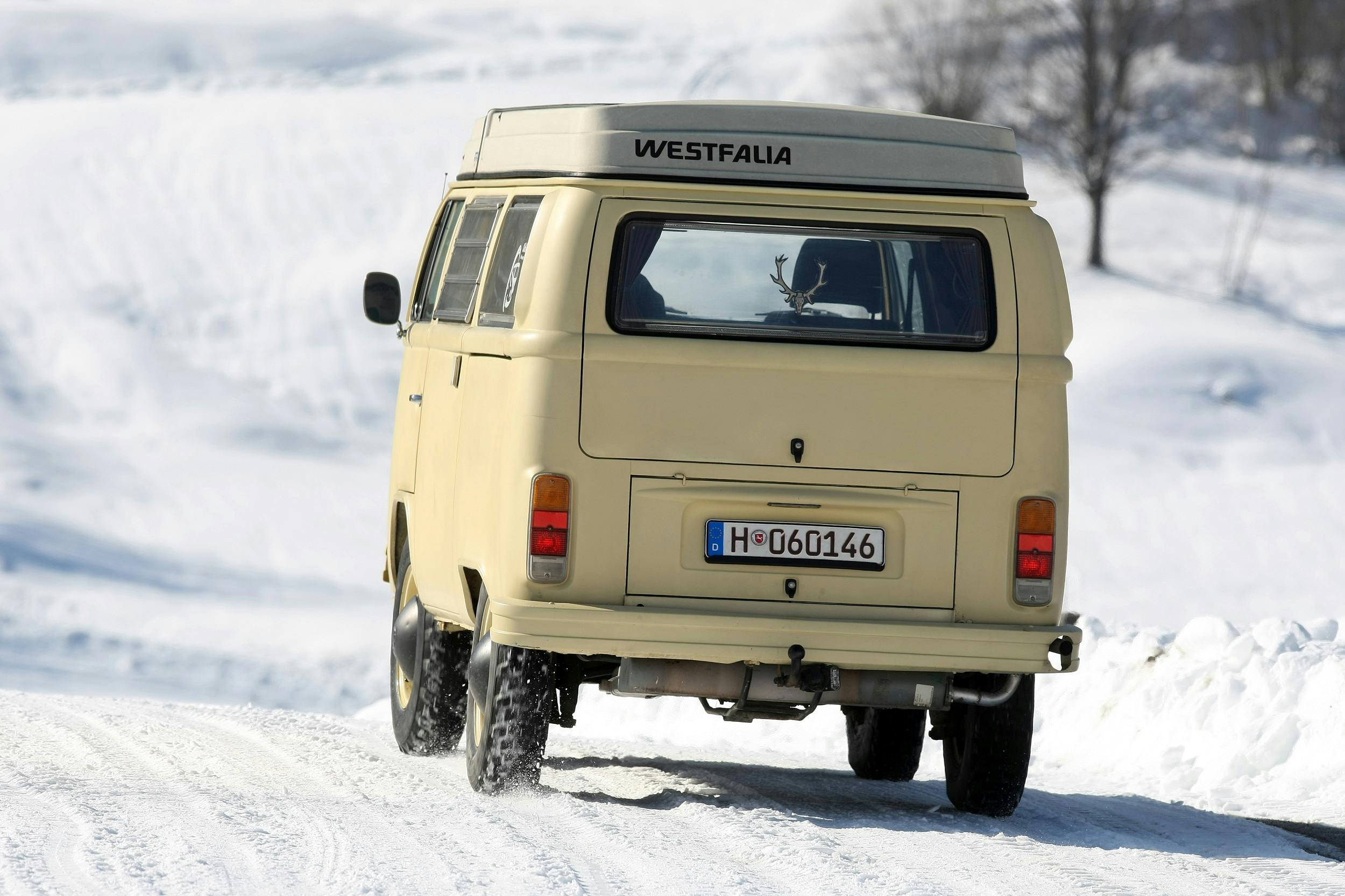
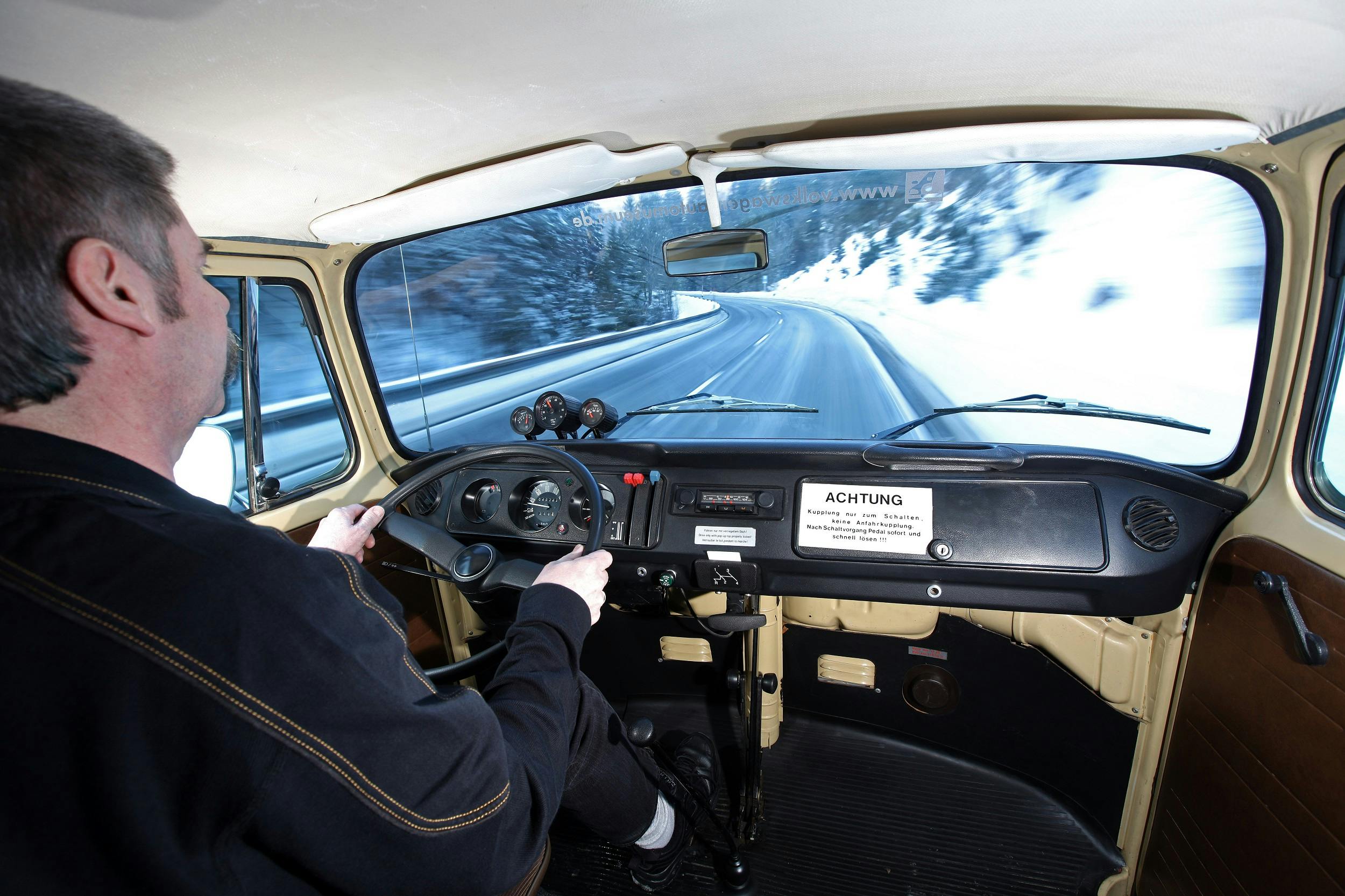




















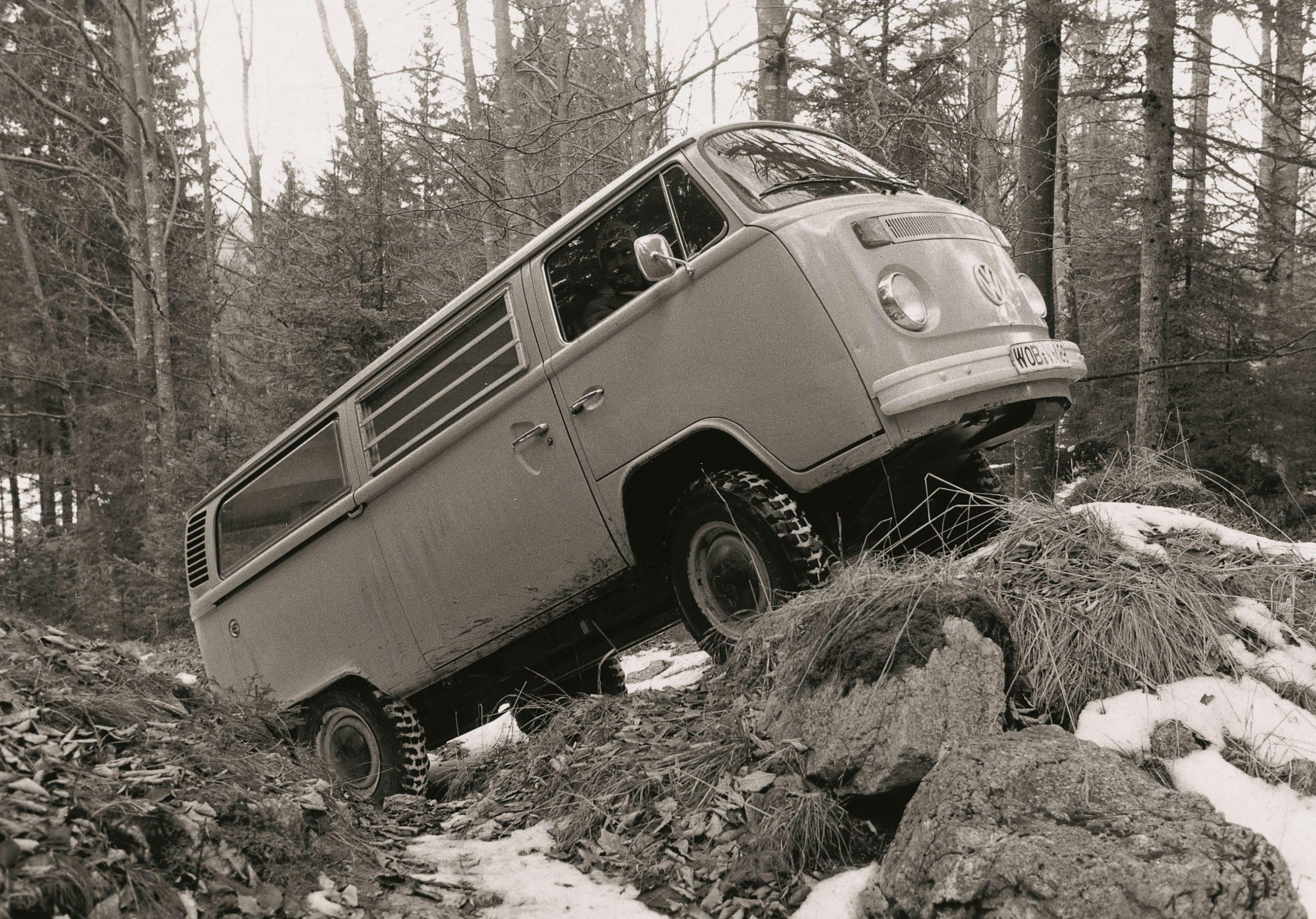
I owned three or four VW buses. They were great fun, reliable and would go almost anywhere. A four wheel drive version would have been great for really remote exploration.